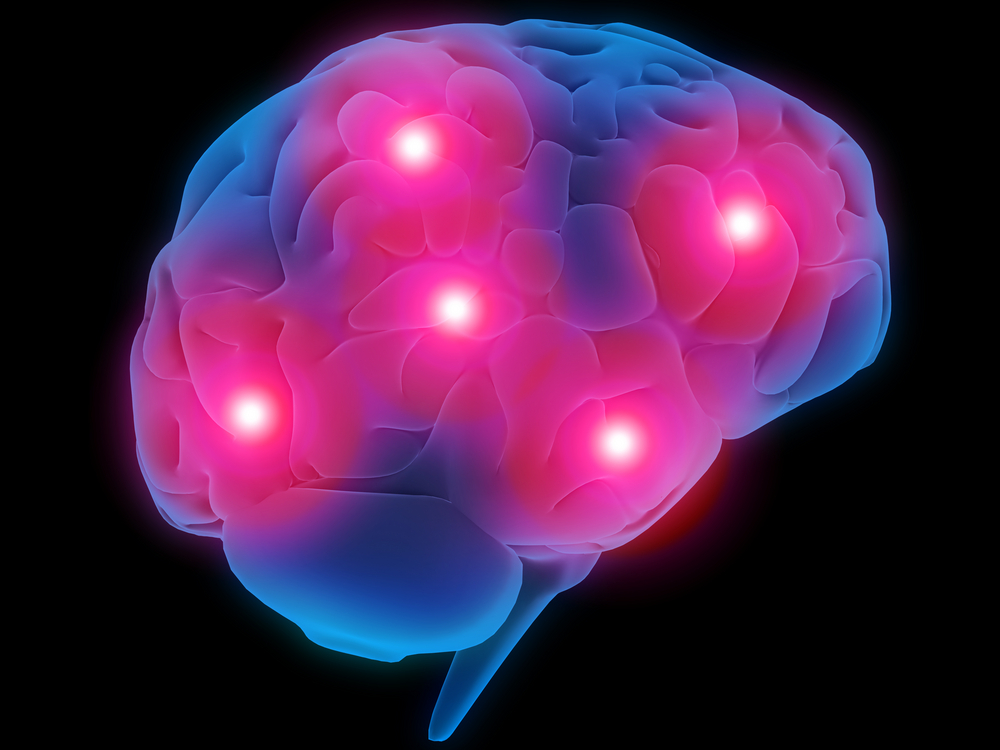Umbilical Cord-derived Stem Cells Could Help Repair Brain Injury in Neonates, Mouse Study Finds

Stem cells derived from the umbilical cord can protect nerve cells from injury caused before birth, a study in mice has found.
The results favor moving forward with cell therapies as potential therapeutic alternatives to treating neurological conditions caused by brain injury, such as cerebral palsy.
The study, “Umbilical Cord-Derived Mesenchymal Stromal Cells Contribute to Neuroprotection in Neonatal Cortical Neurons Damaged by Oxygen-Glucose Deprivation,” was published in Frontiers in Neurology.
Umbilical cord-derived mesenchymal stromal cells (UC-MSCs) are stem cells that can give rise to almost any cell type in the body. Found in the umbilical cord, they can be extracted in large amounts, expanded in the laboratory, and used to regenerate damaged tissue.
Multiple studies using animal models of neurological diseases have reported improvements after UC-MSC transplantation. Some pilot studies also suggest that cell therapy with UC-MSCs improves neurological function in patients with traumatic brain injury (ChiCTR-TNRC11001528) and restores gross motor function in children with cerebral palsy (ChiCTR-ONC-12003124).
The reparative effect of UC-MSCs can occur by two mechanisms: UC-MSCs differentiate into neurons that replace those damaged in the patient; or they release factors that support the growth, survival, and development of neurons, called neurotrophic factors.
To study how UC-MSCs repair damage to nerve cells that occurs during fetal development, researchers designed a laboratory model of injured neonate neurons originating from a specific region of the brain called the cortex, which plays a key role in brain functions including movement, memory, perception, language, and cognition.
Mouse neurons were damaged through oxygen and sugar (glucose) deprivation. Then, these same cells were placed in a culture with UC-MSCs collected from women who had given birth.
The UC-MSCs significantly repaired neuronal injury, and partially restored the number of mature and developing neurons, the growth of neuron projections, and neuron proliferation. The presence of UC-MSCs also reduced the number of neuronal deaths.
Further analysis revealed that the neuroprotection that was seen was due to two important proteins released by UC-MSCs: brain-derived neurotrophic factor (BDNF) and hepatocyte growth factor (HGF).
“Considering that UC-MSCs have been administered to treat several neurological disorders, including cerebral palsy, traumatic brain injury, and hereditary spinocerebellar ataxia, the vast potential that UC-MSCs have in the clinic encourage us to facilitate allogeneic third-party [transfer of cells from a donor] UC-MSC therapies for brain injuries,” researchers concluded.


